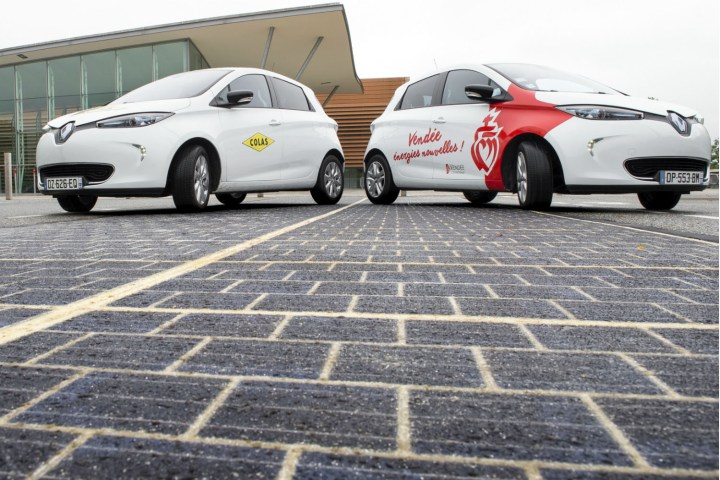
Opened in the Normandy village of Tourouvre-au-Perche on Thursday, the 1-kilometer (0.62 mile) stretch of road is covered with 30,000 square feet of solar panels hooked up to power local street lights.
The electricity-generating road, called Wattway, wasn’t cheap to construct, however, costing the state a whopping €5 million (about $5.2m).
World’s first solar panel road opens in Normandy villagehttps://t.co/LacGS4P2m4 #SolarRoad #renewableenergy #Wattway pic.twitter.com/ywnPdILePf
— CECHR (@CECHR_UoD) December 22, 2016
The unique stretch of road was built by French civil engineering firm Colas, which, according to the Guardian, is currently working on around 100 similar projects in a number of countries around the world.
Wattway is part of a broader five-year plan announced by the French government at the start of 2016 to pave 1,000 kilometers (621 miles) of roads with photovoltaic panels. Ségolène Royal, France’s minister of ecology and energy, said that if its entire network of solar roads proves successful, it’ll generate enough power to provide up to five million people with electricity.
But whether the project will ultimately triumph is the big question. Critics point to the huge costs of installing such technology, though that may reduce over time. Also, with the panels laying flat on the road, they’re not as effective as those found on houses or in vast solar farms, which are angled for maximum efficiency.
The road’s durability will also come under scrutiny, with all kinds of vehicles and all kinds of weather testing it to the limit, though Colas says the panels have been strengthened with silicon-based resin to ensure their longevity.
A similar feature opened in the Netherlands in 2014, though that one was designed for cyclists instead of cars. After a year of use, the 70-meter bike path was deemed a success, achieving its goal of generating enough electricity to keep three homes powered. Designed by consortium SolaRoad in partnership with the Netherlands Organization for Applied Scientific Research, the path did, however, experience some problems, with harsh weather causing the top part of some of the panels to break off. Engineers have since sorted out the issue.
Still, the overriding challenge appears to be cost, and until a way can be found to significantly reduce the price of the technology, the appearance of miles and miles of solar panel roads may still be a ways off.


